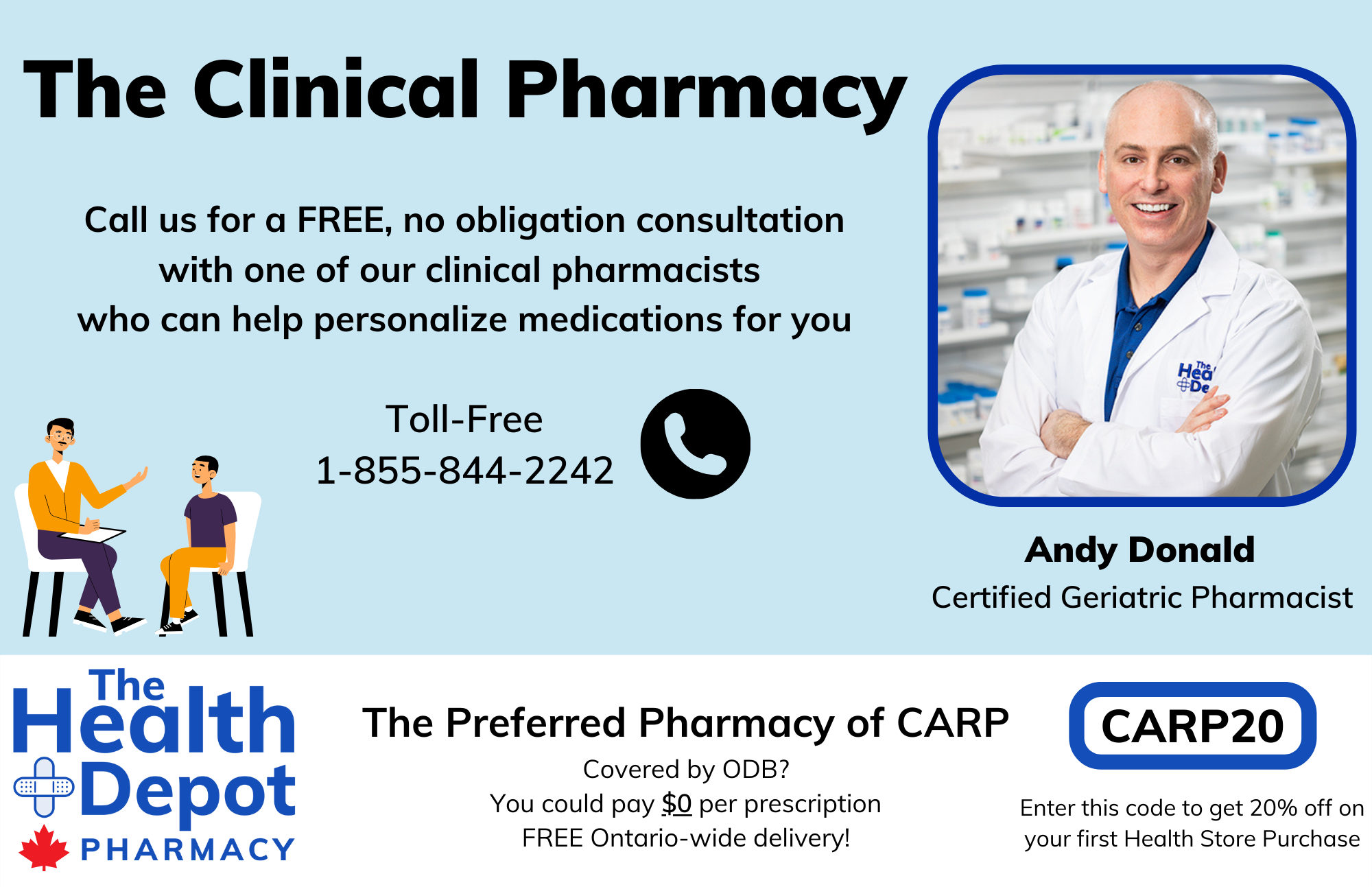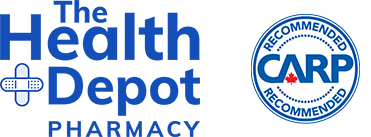Chronic Pain: Why It Needs to Be Treated and How to Improve It
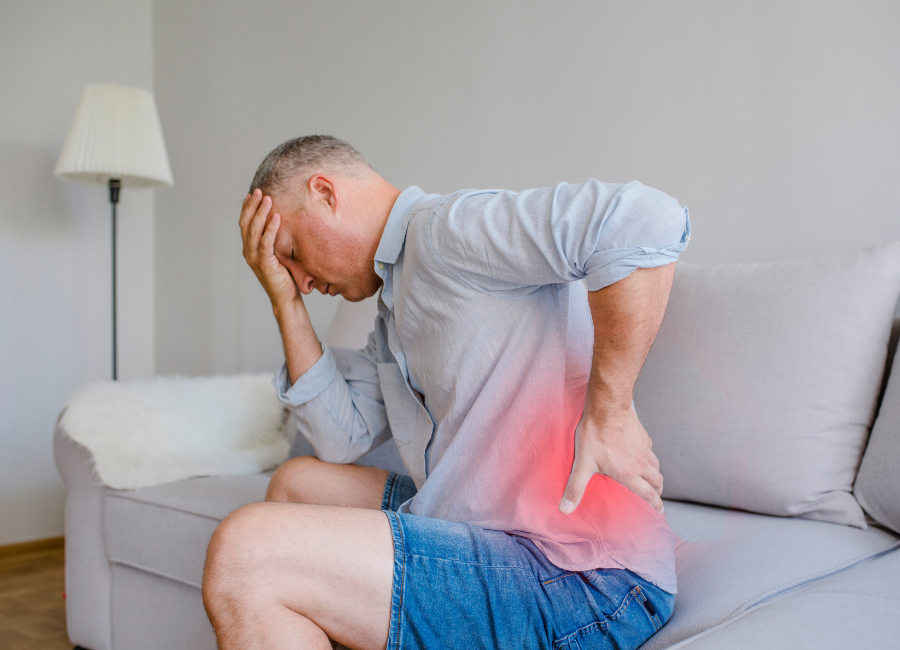
As we age, pain can become a bigger part of our lives. In fact, if you ask anyone over the age of 50, they will likely report that something always seems to hurt in their body to some degree, every single day. Pain can be dull, sharp, throbbing, pinching, stinging, or a burning sensation. When this pain persists for over 3 months it is referred to as Chronic pain, which may result from health conditions like arthritis, fibromyalgia, neuralgia, or injuries that have failed to heal properly. Unfortunately, such health conditions become more common as we age and as a result, 50% of older adults deal with chronic pain daily. But what happens when that pain does not go away?
We must treat chronic pain and make it more manageable. It is not something we should consider an acceptable “normal process of aging”. It is important that we get treatment for pain just like we do other chronic health conditions, such as diabetes or heart disease, as chronic pain can be very annoying and debilitating if left untreated. In fact, if left uncontrolled, pain can sensitize and remodel the nerves in our body to feel even more pain. It is no wonder that if left uncontrolled, pain can lead to insomnia, aggression, anxiety, depression, memory loss, cognitive and concentration deficiencies, and to the progressive deterioration of our health.
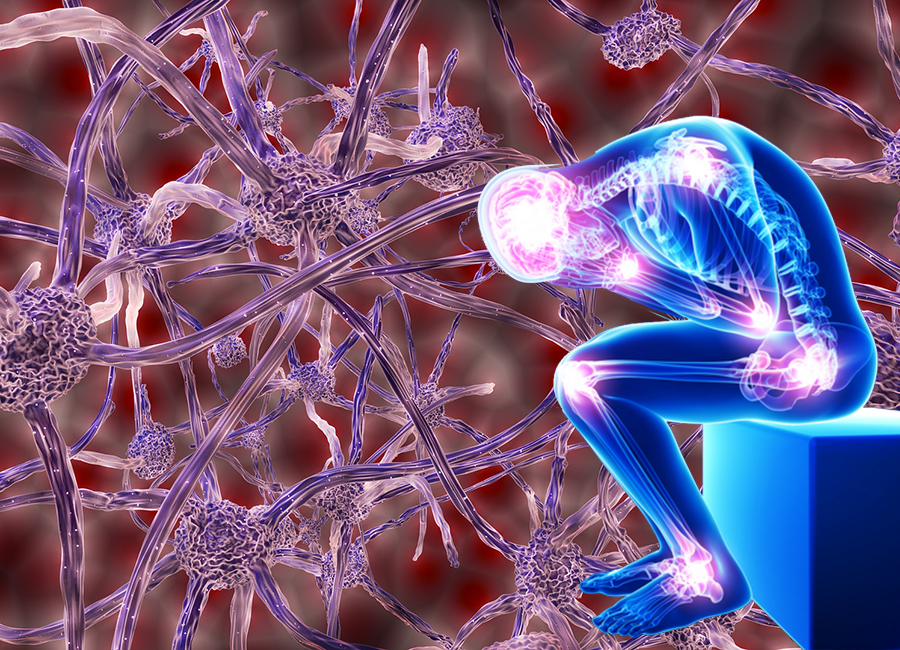
Instead, we should see pain as a warning system. It lets us know that something is not right and needs to be investigated. Pain can be your friend – a friend who is telling you to get that advice and help. It’s there for a purpose and it is best to listen to it. Remember that pain is not something you have to tolerate as there are lots of treatment options to help cope with it.
Pain Treatment:
Since pain is complicated, a multidisciplinary team approach to pain management should involve both pharmacological and nonpharmacological treatments. The overall goal is to ensure adequate pain reduction that improves the quality of life while allowing adequate mobility. The ability to be active and exercise is crucial to maintain strength and support in your joints. Inactivity can lead to a vicious cycle of weakening muscles, further inactivity and an increased likelihood of even more pain.
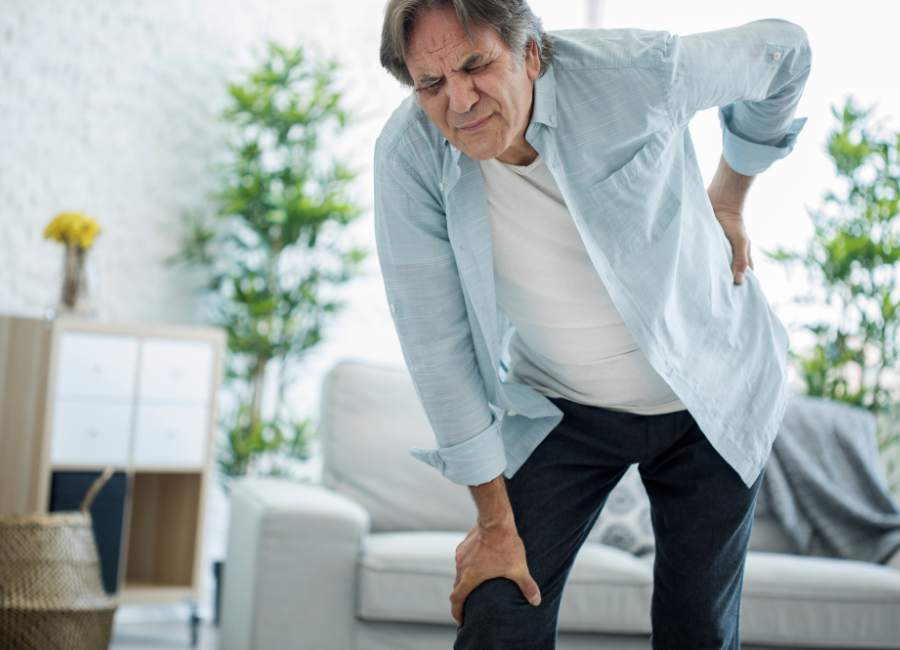
Nonpharmacological Treatments: There are many non-drug tools for coping with pain. They can be used on their own or in combination with drug therapy. These include:
- Physical therapy
- Exercise
- Acupuncture
- Chiropractic or massage therapy
- Relaxation techniques
- Psychological counselling
- Transcutaneous Electrical Nerve Stimulation (TENS) Therapy
Pharmacological Therapy: This can involve both nonprescription and prescription medications. Mild to moderate pain may be relieved by over-the-counter (OTC) medications like Tylenol (acetaminophen), or nonsteroidal anti-inflammatory drugs (NSAIDs) such as Aspirin, (Advil) ibuprofen, and (Aleve) naproxen. While more severe pain may require other treatment like nerve pain drugs, cannabinoids or in more severe circumstances opioids.
- Acetaminophen is the drug of choice for mild to moderate pain especially in older adults as it has the best safety and side effect profile. It’s best to keep the maximum acetaminophen, from all sources, below 3000 mg a day to prevent liver damage.
- NSAIDs such as naproxen, ibuprofen, diclofenac, and celecoxib can be used for chronic pain in the elderly especially when it’s inflammatory pain and acetaminophen was ineffective. NSAIDs are best used for only short periods of time as they can cause gastrointestinal, renal, and cardiovascular side effects in older adults. Aspirin is not suggested for pain because of its side effects, there are much safer alternatives.
- Topical NSAIDs such as Voltaren (diclofenac) are great for knee or hand osteoarthritis. They can be a more suitable alternative to oral NSAIDs as they do not absorb into your blood well and as a result, have much better safety and fewer side effects.
- Topical Capsaicin or Lidocaine are numbing agents (anesthetics) used in creams that can be add-on treatment for both neuropathic pain and musculoskeletal pain. They don’t help heal tissue damage, but rather work by causing a mild burning sensation that helps to distract our body from other pain signals.
- Nerve Pain Meds are anticonvulsants (carbamazepine, gabapentin, and pregabalin) and serotonin-norepinephrine reuptake inhibitors (SNRIs), such as venlafaxine and duloxetine, can be used for neuropathic pain in older adults. These drugs can be effective treatments for nerve pain in conditions like diabetic neuropathy, spinal cord injury, shingles, and fibromyalgia.
- Opioid analgesics should only be considered for managing severe pain in older adults when other treatment options have failed to adequately control the pain. These medications should be reserved for short-term pain in older adults as their side effects (constipation, nausea, sedation, cognitive decline) can be intolerable and can cause an increased risk of falls. Opioids also are very habit-forming with diminishing efficacy over time and have many drug interactions.
- Cannabinoids are a great option to treat chronic pain particularly inflammatory or nerve pain. In addition, cannabis has been shown to be effective in treating sleep disturbances, spasticity, agitation, nausea, vomiting, and reduced appetite. Cannabis can also help reduce the amount of opioids used. Cannabinoids do have many potential drug interactions so it is important if you are thinking of taking cannabis to speak with your pharmacist and doctor so they can help find the right dose for you.

More intense pain may require multiple medications. When a new medication is started it is important to remember that dose adjustments may be needed to your existing medications, based on kidney function and liver function. Speak with your pharmacist, they should work together with your doctor to ensure you are on the right medication and at the right dose for you.
Free Health Webinars
Want to learn more or have questions about pain or other health conditions? Sign up for a FREE “empowering your health Webinar” today, with health topics such as Sleep, Pain, Covid, or Medication Overuse.
Contact The Clinical Pharmacy!
Speak with one of The Health Depot’s clinical pharmacists for a FREE no obligation consultation. The Health Depot is changing the face of pharmacy by helping to personalize medications and bring hospital-level collaboration and care into the community setting.
Visit their website to learn more about personalized medications.
CARP Member Benefits:
The Health Depot is the preferred pharmacy of CARP; learn more about member savings and new health services. Visit the CARP member benefits webpage at The Health Depot pharmacy.
The Health Depot’s pharmacists are always accessible and available to speak with you
Call toll free today: 1-855-844-2242
